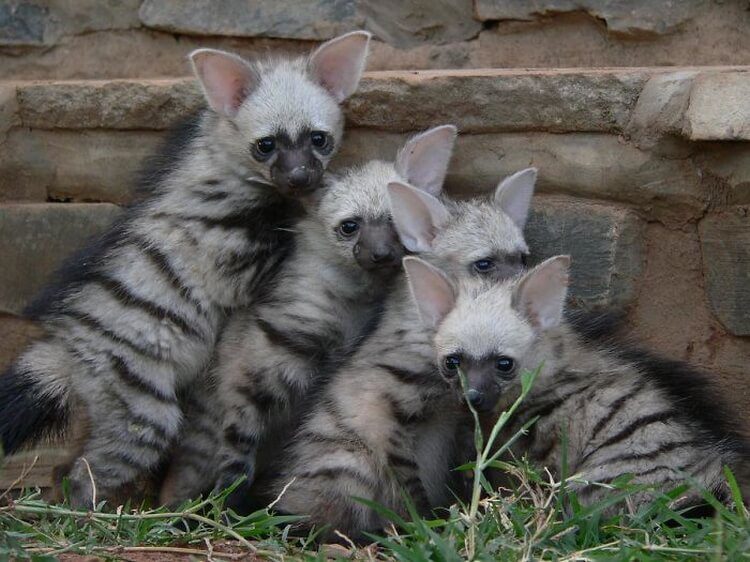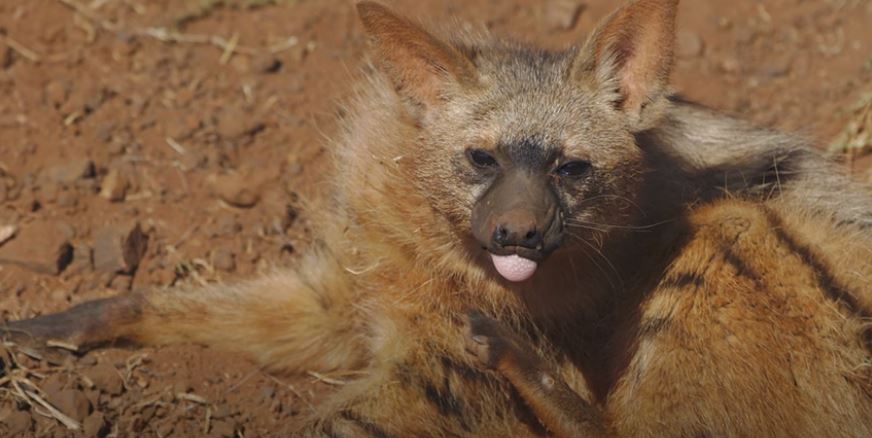Meet Aardwolves who neither are Aardvarks nor Wolves, so what are they? Aardwolves are most closely related to hyenas and are considered one of the weirdest animals in the world. Aardwolves are mostly nocturnal, similar to the nature of hyenas. Aardwolves are very shy in nature, due to which they don’t encounter many other animals.
Similar to the nature of Aardvarks, Aardwolves eat mostly termites. They have a long tongue which helps them to lick up lots of termites in a single night as their meal.
The Aardwolf or Proteles Cristata is one of four different species of Hyena, and they are the smallest species of the Hyena. In Afrikaans and Dutch, they are referred to as Earth Wolves.
External Appearance Of Aardwolf
They have an unusual brownish yellow coat with Black stripes, much like Zebras. They have a more slender muzzle than the Hyena. They have two diagonal stripes up to the fore- and hindquarters and more on their legs. Aardwolf can weigh up to 12 kilograms or 26 pounds. They are about 22 to 31 inches long in height and have an 8 to 12 inches long tail attached. They are found in two different regions on earth, The Southern Tip of Africa and the Eastern Horn of Africa. Unlike the other family members, Aardwolf does not have a throat spot. The Aardwolves of the Southern Tip of Africa are smaller in size than the Eastern Horn of Africa.
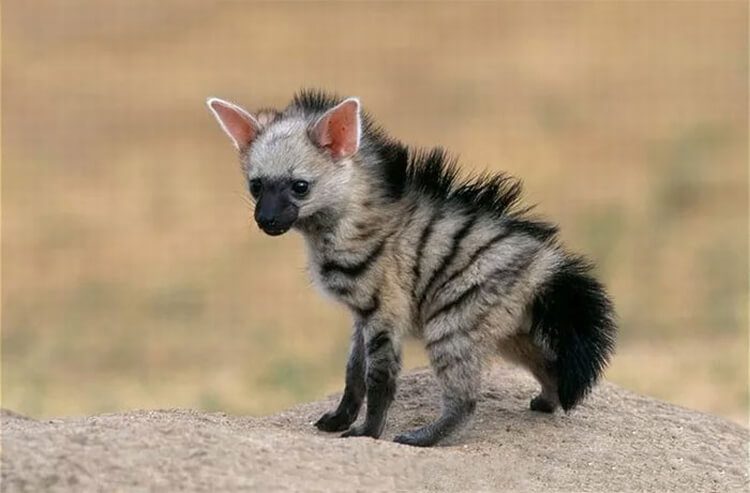
Aardwolves, both males and females are solitary creatures until they mate, at which point they live in monogamous pairs, which means that they stick with the same partner throughout their life. After a hundred days, a mother will give birth to a Cub.
In Aardwolf’s pairs, both males and females mark their territory with their anal glands, they smear a black substance on rocks and grass stalks in long streaks that smells really bad. They burrow during the day and being nocturnal, they feed at night.
Feeding Of Aardwolf
The Aardwolf is a weird species as they primarily feed on termites. They are so highly adapted to eating these tiny bugs that through the process of evolution, they only have their Canine Teeth left, which are able to tear meat, and the rest of their teeth are tiny and are only able to crunch the termites and designed well to do that.
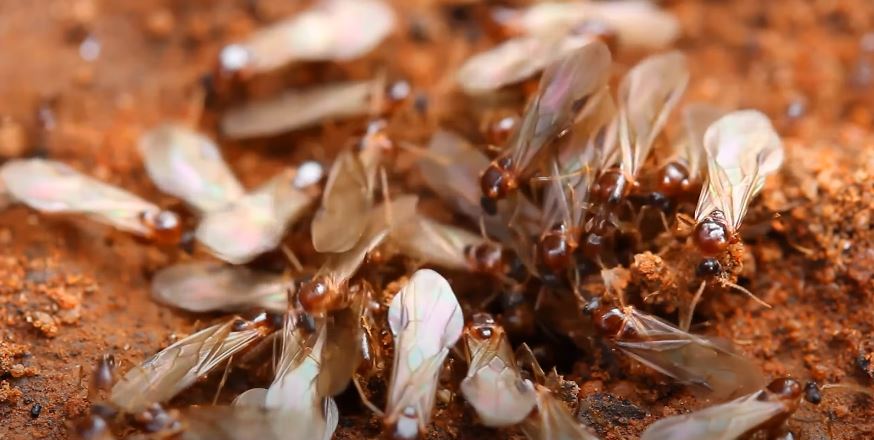
Their fangs are not used for eating, but they protect other Aardwolves when defending their territory.
Aardwolves dine on two types of termites, when one goes dormant during the winter, they switch to the other type. They will consume around 200 thousand to 300 thousand termites per night, but termites are limited in their range, limiting the range of the Aardwolf’s lives. While this doesn’t affect their ability to live in different trains, such as Savannah’s grassland and Open Plains.
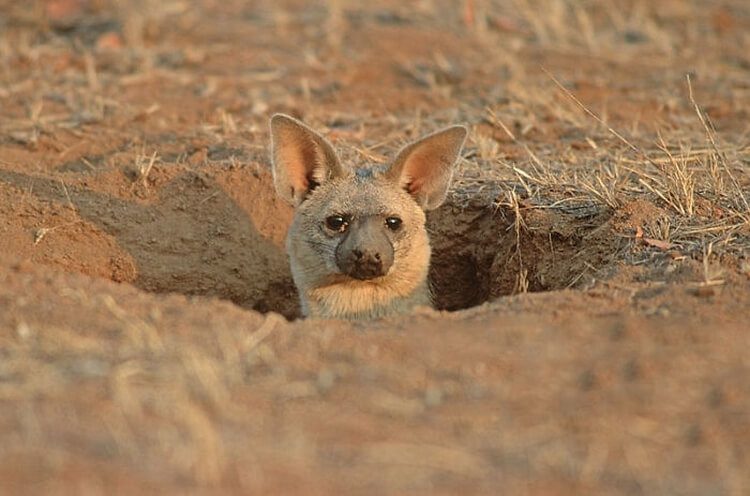
Generally, they stay away from mountainous regions. As we mentioned earlier, they live in two different regions, The Southern Tip of Africa and The Eastern Horn, depending on their region, they make other food sources that are not just termites. This could include sparingly small birds, carrion, eggs, and mice.
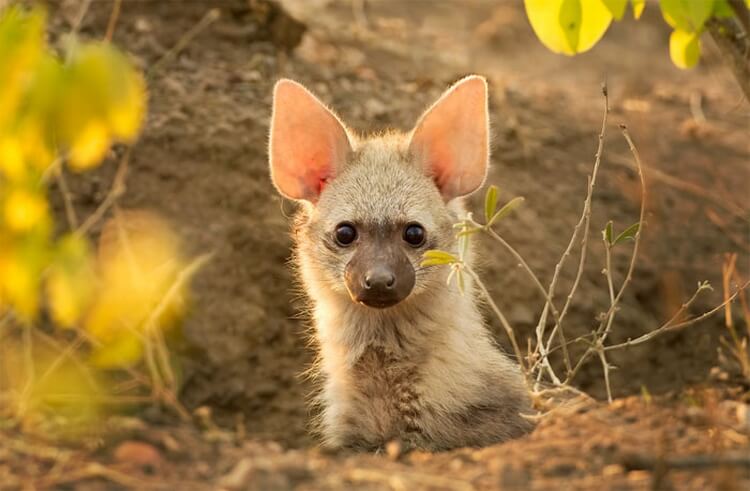
Conservation Of Aardwolf
As of now, the number of Aardwolves is not decreasing. They are relatively widespread throughout Eastern Africa if they have abundant food, then they main the density of having no more than 1 per square kilometer.
Because of these reasons, IUCN (The International Union for Conservation of Nature) has declared that the Aarwolves are the least concerned. As termites are the primary food for Aardwolves, they benefit the farmers. In some areas of the world, they are recognized as farmer-friendly, but they are still killed for their fur. Dogs and Insecticides are their common killers.
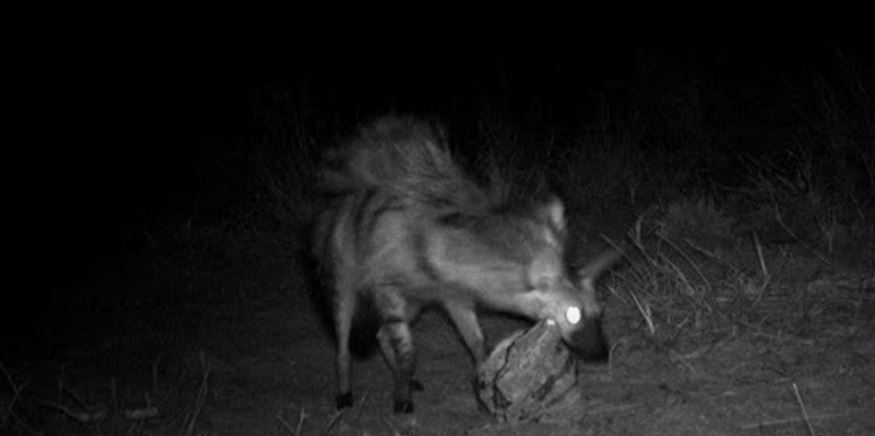
Extraordinary Tongue Of Aardwolf
Aardwolves have an incredibly slimy and sticky tongue that slurps the termites very easily. So, essentially they are just sticking tons of the termites in every single gulp.
It’s unusual while these are in the same hyena family, they are solitary, whereas hyenas are pack animals, And also, hyenas are scavengers and depend on meat and bones. It’s very interesting how evaluation has completely changed the course of this species.
The Frankfurt Zoo in Germany had an Aardwolf, now known as the oldest living Aardwolf. This Aardwolf was almost 19 years old when it died in captivity.

